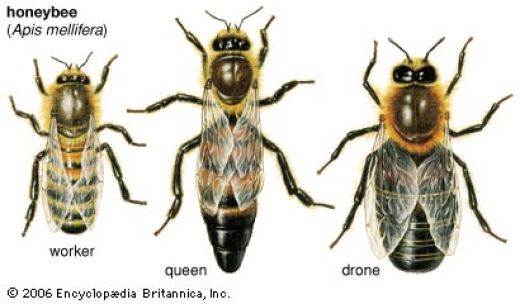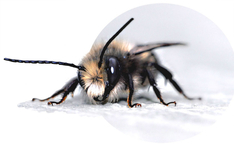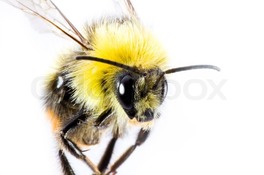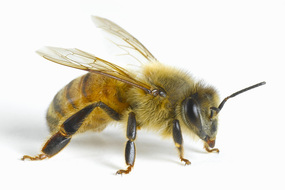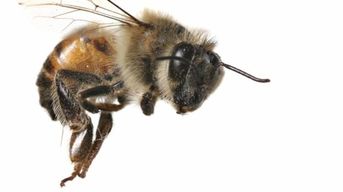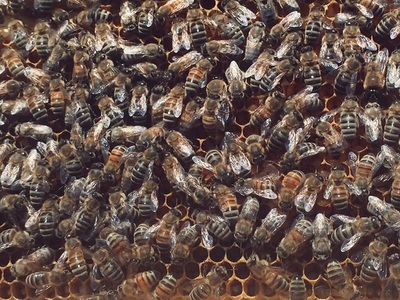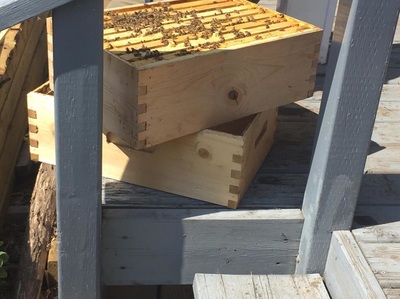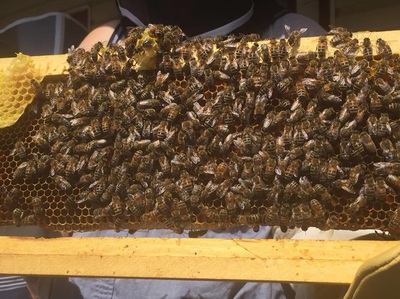|
things to know about bees! bees evolved from wasps and plants evolved to flower. plants began enticing wasps, who were much more efficient at pollenating than the plants themselves, using bright colours and nectar. wasps developed adaptations that allowed them to better access that nectar, which resulted in modern day bees (ex. fuzzy bodies). there wouldn't have been bees without flowers and there wouldn't have been flowers without bees. male bees don’t have dads and die a lot. their only purpose is to fuck the other bees, which kills them immediately. they’re called drones. drone eggs are unfertilized, which means female bees don’t need sperm to lay a drone egg (DADLESS). female bees run the show. fertile ones have a mating flight once, then store male bee sperm for the rest of their lives. they can choose whether an egg will be fertilized or not, controlling their population carefully. infertile females are responsible for foraging and hive maintenance. cool kinds of bees!
bees for you! bees are dwindling so, first and foremost, be nice to them! you don’t have to keep them, but don’t kill them. plant things they like. let them have their hive. let them pollinate your flowers. if you don’t fuck with them, they probably won’t fuck with you.
my last and most hands-on suggestion is to have a hive. honey bee hives require weekly maintenance, but they’re really fun. you will get stung, but quite infrequently and it really doesn't really hurt all that much. there is a lot to learn and i certainly don't know it all. i'd advise that you take a class, read a book and i basically insist that you keep in touch with your local beekeeping community if you have a hive of your own. beekeepers will often share concerns, strategies and advice - the enemies of the bee are constantly evolving, therefore it's essential to chat with others about pest prevention and effectiveness (whether you're open to chemical treatments or not) in your area. you'll need to spend about $500 on equipment and bees to get set up if you choose to purchase everything for your hive. your frames will be swarming (pictured above), so if that thought makes you squeamish, this option probably isn't for you. that being said, honey bees are typically gentle, especially on the frame. you can harvest the honey humanely, so long as you leave enough to get the bees through the winter and, honestly, they don't really mind you taking it. when it comes down to it, bees are just really fascinating to observe and the world needs them. okay, so please continue to love the bees and i'll see you next time!
- sydney |
Archives
March 2020
Categories
All
|
